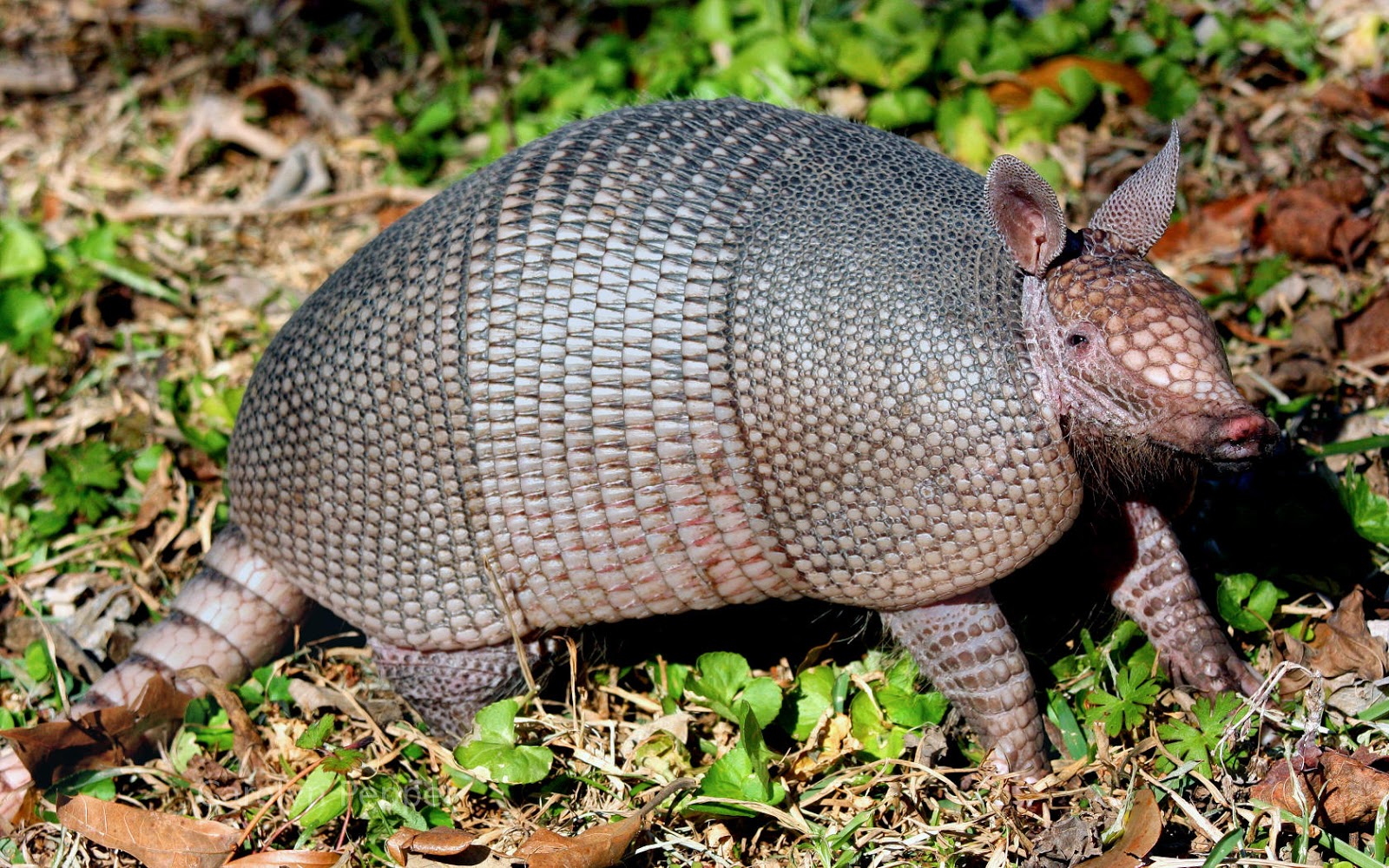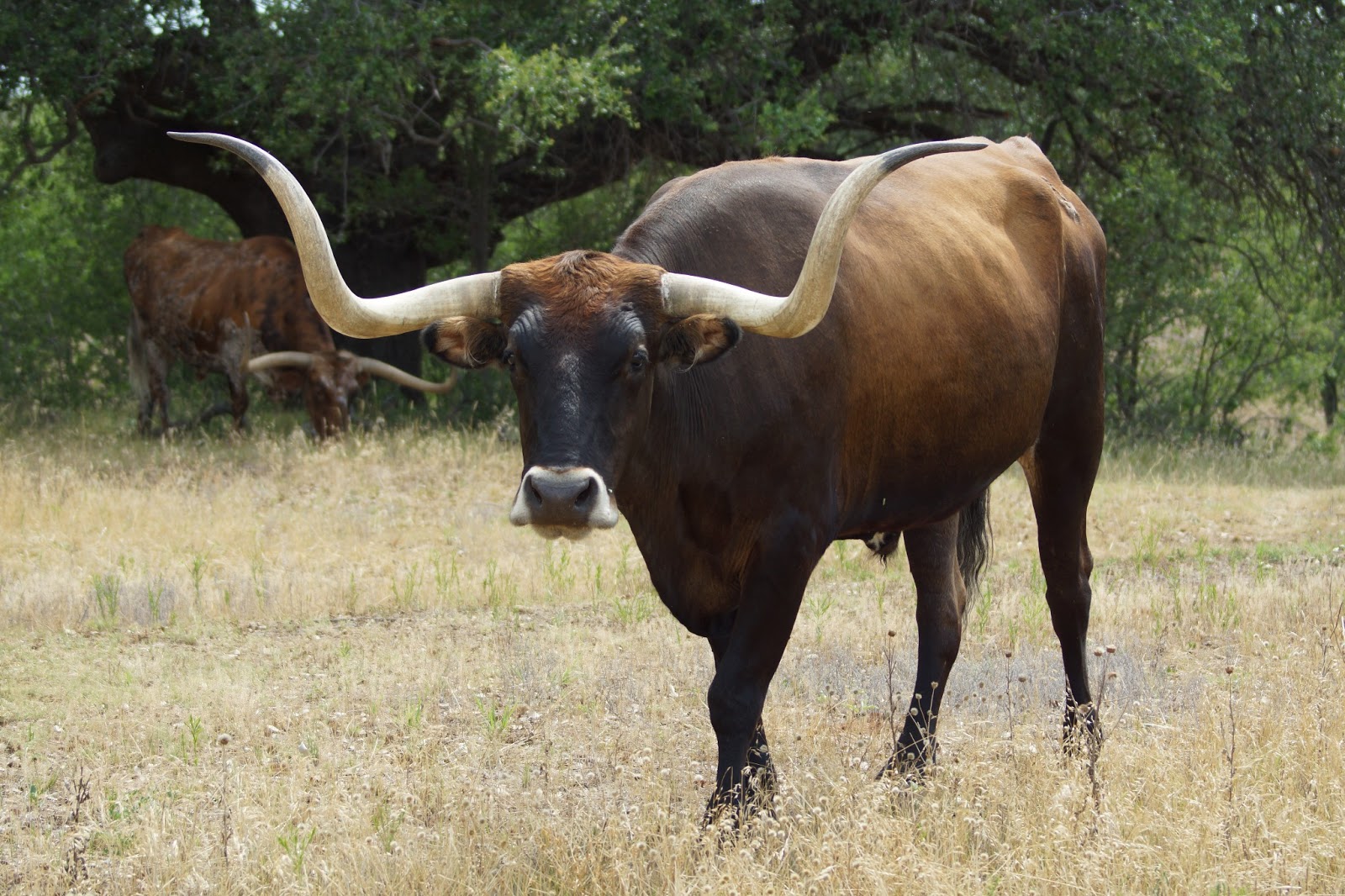When you think of Texas, images of wide-open spaces, bluebonnets, and perhaps a cowboy or two come to mind. However, one of the most recognizable symbols of the Lone Star State is its state animal, the armadillo. This fascinating creature, known for its unique armor and quirky behavior, holds a special place in the heart of Texas and its residents. Understanding the significance of the Texas state animal not only enriches your knowledge about the state's wildlife but also connects you to the cultural heritage that defines Texas. In this article, we will delve into the characteristics, habitat, and cultural importance of the armadillo, alongside interesting facts that make it a beloved emblem of Texas.
The armadillo was officially designated as the Texas state animal in 1995, reflecting its role in Texas history and ecology. As we explore the armadillo's place in the natural world, we will also highlight its unique adaptations, diet, and behaviors that make this mammal stand out. From its distinctive armor to its burrowing habits, the armadillo is not just a quirky animal but a vital part of the ecosystem in Texas.
In addition, we will examine the armadillo's role in Texas culture, including its appearance in art, literature, and folklore. This exploration will showcase how the armadillo transcends its biological significance and becomes a symbol of Texas identity. So, let’s embark on this journey to uncover the many facets of the Texas state animal and what it means to the people of Texas.
Table of Contents
- Characteristics of the Armadillo
- Habitat and Distribution
- Diet and Feeding Habits
- Behavior and Adaptations
- Cultural Significance of the Armadillo
- Conservation Status
- Interesting Facts About Armadillos
- Conclusion
Characteristics of the Armadillo
The armadillo is a unique mammal, easily recognized by its hard, protective shell made up of bony plates. Here are some key characteristics:
- Armor: The armadillo’s shell consists of a tough outer layer and a series of bony plates that provide protection from predators.
- Size: The most common species in Texas, the nine-banded armadillo, typically measures about 15 to 25 inches long.
- Color: Their skin is usually a grayish-brown color, blending seamlessly with their environment.
Habitat and Distribution
Armadillos are adaptable creatures found in a variety of habitats across Texas:
- Preferred Habitats: They thrive in forests, grasslands, and even urban areas.
- Geographic Range: While the nine-banded armadillo is native to the southern United States, they are increasingly found further north.
Subspecies of Armadillos
There are several species of armadillos, but the nine-banded armadillo is the most prevalent in Texas. Other species include:
- Giant Armadillo (Priodontes maximus)
- Southern Three-Banded Armadillo (Tolypeutes matacus)
Diet and Feeding Habits
Armadillos are primarily insectivores, but their diet can be quite varied:
- Insects: They consume a large number of insects, including ants, termites, and grubs.
- Fruits and Vegetables: They also eat fruits, roots, and plants when insects are scarce.
Behavior and Adaptations
Armadillos exhibit some fascinating behaviors that aid their survival:
- Burrowing: They are excellent diggers, using their sharp claws to create burrows for shelter.
- Nocturnal Activity: Armadillos are primarily nocturnal, foraging for food at night.
Cultural Significance of the Armadillo
The armadillo has woven itself into the cultural fabric of Texas:
- State Symbol: As the Texas state animal, the armadillo represents resilience and uniqueness.
- Folklore and Art: The armadillo appears in various Texas folklore, stories, and artworks, symbolizing the spirit of the state.
Conservation Status
While the armadillo is not currently endangered, habitat loss poses a threat to its populations. Conservation efforts focus on:
- Preserving natural habitats and green spaces.
- Promoting awareness about the ecological role of armadillos.
Interesting Facts About Armadillos
Here are some intriguing facts about the armadillo:
- They can hold their breath for up to six minutes while swimming.
- Armadillos have a unique ability to curl into a ball, a defense mechanism against predators.
Conclusion
In conclusion, the armadillo is more than just the Texas state animal; it is a symbol of the state’s identity and resilience. With its fascinating characteristics and cultural significance, the armadillo remains a beloved creature among Texans. We encourage you to share your thoughts about the armadillo in the comments below, and feel free to explore more articles on our site for a deeper understanding of Texas wildlife and culture.
Thank you for reading! We hope you found this article informative and engaging. Don't forget to visit us again for more exciting content about the Lone Star State!




